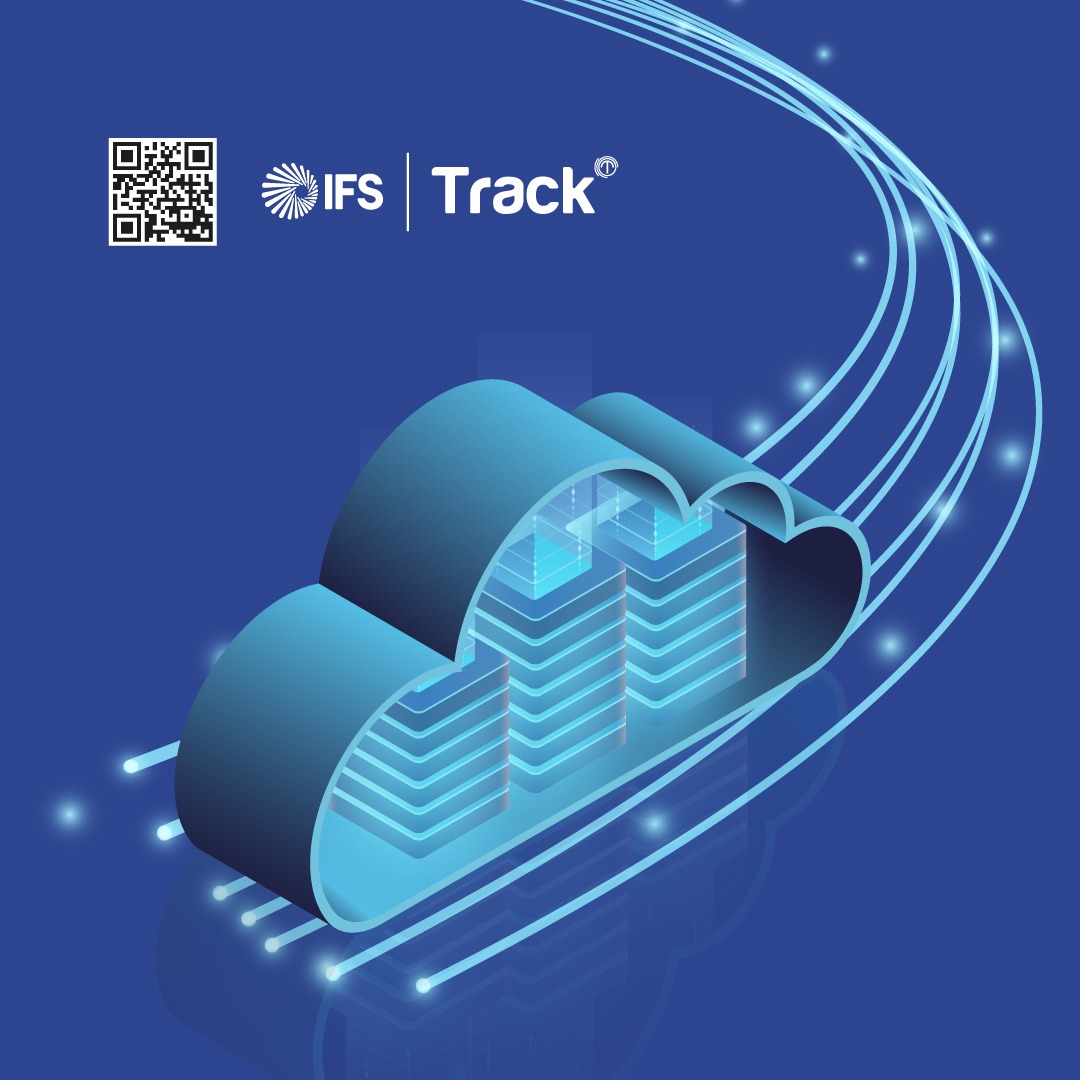- Feedback sources
- Evaluation methods
- Feedback loops
- Feedback culture
- Feedback tools
1 Feedback sources
Feedback is essential to understanding your stress level, management strategies, and program outcomes. It can help you identify your triggers, strengths and weaknesses, progress and challenges, and areas for improvement. Feedback can come from various sources, such as self-assessment tools, peer support, and professional guidance. Self-assessment can increase your awareness of stress patterns, responses, and goals. Peer support can provide insights, advice, and encouragement from those who understand your situation. Professional guidance can give access to specialized resources to address stress issues and enhance resilience.
2. Evaluation methods
Evaluation is the process of collecting, analyzing, and interpreting data to measure the effectiveness, efficiency, and impact of your stress management program. This process can help you determine if your program is achieving its objectives, meeting its standards, and delivering its benefits. To evaluate your program’s success, you can use quantitative methods such as surveys or tests to measure and compare results. Qualitative methods such as interviews or focus groups can explore experiences and perceptions. Mixed methods combining both quantitative and qualitative data provide a comprehensive evaluation of your program. This holistic approach can integrate stress data, stories, and feedback to help you assess your program’s success.
3. Feedback loops
Feedback loops are the cycles of feedback and evaluation that you use to monitor and improve your stress management program. By creating a continuous and dynamic process of learning and adaptation, feedback loops can help you optimize your program. It starts by defining goals, objectives, indicators, and criteria for success, as well as deciding which feedback sources and evaluation methods to use. Then, you implement your program activities and strategies while collecting data to document and store for future analysis. Once the data is collected, you analyze and interpret it according to your plan. This helps you identify strengths, weaknesses, opportunities, threats, gaps, issues, and challenges that need to be addressed. Finally, use the feedback and evaluation data to make informed decisions and actions to improve your program. You should also communicate the results and recommendations to stakeholders while soliciting their feedback and input.
4. Feedback culture
Feedback culture is an essential part of any stress management program, as it helps build trust, openness, and collaboration among stakeholders. To foster a positive feedback culture, leadership must set an example and provide a vision for the program, while allocating resources for feedback and evaluation. Communication should be clear, frequent, and transparent about the purpose, process, and results of feedback and evaluation. It is also important to listen to stakeholders’ feedback and concerns, providing constructive and actionable feedback in return. Finally, learning should be encouraged as an opportunity for improvement, innovation, and growth. A learning culture where feedback and evaluation are valued should be fostered in order to recognize and reward those who participate in the process.
5. Feedback tools
Feedback tools are essential instruments and techniques for collecting, managing, and presenting feedback and evaluation data for your stress management program. These tools can streamline, organize, and visualize the feedback and evaluation process and results. Data collection tools, such as questionnaires, forms, checklists, or scales, can help standardize, simplify, and automate your data collection process. Data management tools can store, organize, and manipulate the data securely with the help of databases, spreadsheets, or software. Data presentation tools like charts, graphs, tables, or dashboards can illustrate, summarize, and highlight your data to effectively convey your message.
SOURCE: https://www.linkedin.com/advice/1/how-can-you-use-feedback-evaluation-improve-oq3le

